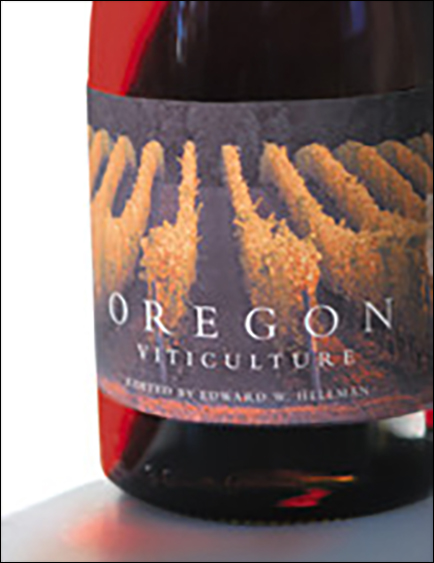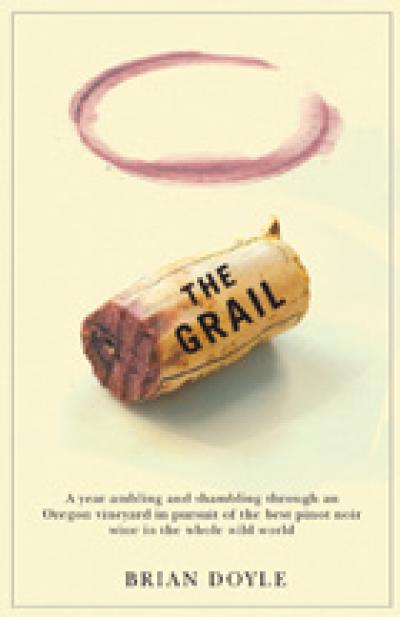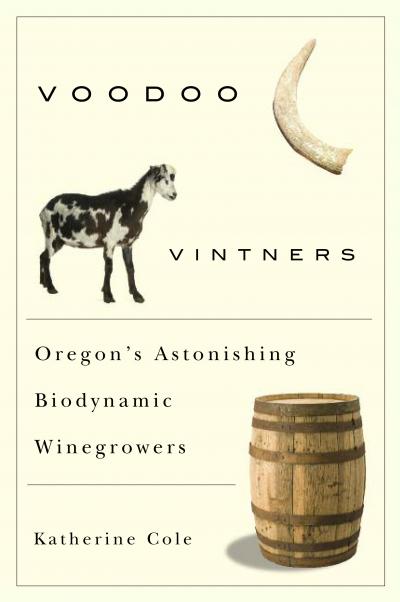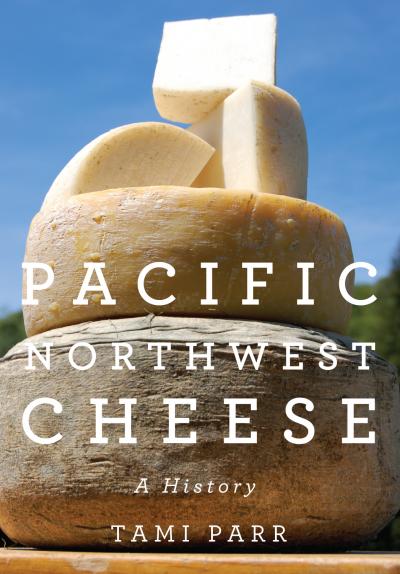
Oregon Viticulture
Edward W. Hellman
Oregon Winegrowers' Association
Oregon Viticulture is a comprehensive, easy-to-use guide to successful strategies and methods for commercial vineyards in Oregon that will be extremely valuable both for current winegrape growers and for prospective growers.
It is unique in its approach of combining the expertise and experience of university researchers with that of professional grape growers and winemakers--most chapters were written by at least two authors with different perspectives.
Oregon Viticulture is the successor to the popular Oregon Winegrape Growers Guide, with both broader coverage of more topics and greater depth of coverage than the earlier book. It emphasizes the importance of understanding the characteristics of a vineyard site, matching grape varieties to the site, and selecting and adjusting the most appropriate management practices for each unique site.
The structure and physiology of grapevines is concisely summarized, and viticulture principles are introduced throughout the book. Standard production practices are described, and separate chapters discuss sustainable viticulture practices and organic grape growing. In addition, Oregon Viticulture addresses important business management topics not usually found in similar books, including economics, marketing and contracts, compliance with government regulations, and labor management.
Commercial winegrape growers, students, researchers, serious home viticulturists, and individuals with a strong interest in Northwest wines and the wine industry will find Oregon Viticulture to be a valuable reference and easy-to-use textbook and guide.
Click here to access the color signature from the first printing.
About the author
Edward W. Hellman has a Ph.D. in Horticulture and has conducted research and taught Viticulture for 20 years. From 1994 to 2000, he was an Associate Professor of Viticulture at Oregon State University. He is currently an Associate Professor of Viticulture at Texas A&M University and Texas Tech University.
Read more about this author
Contributors
Acknowledgments
History and Character of the Oregon Wine Industry
Grapevine Structure and Function
I. Vineyard Planning
1. Vineyard Economics
2. Wine Production Costs and Returns
3. Site Assessment
4. Winegrowing Regions
5. Varieties and Clones
6. Rootstocks
7. Vineyard Design
8. Training Systems
9. Scott Henry Training System
II. Vineyard Development
10. Site Preparation
11. Planting Stock
12. Planting and Managing a Young Vineyard
13. Training Young Vines
14. Microirrigation Design Considerations
III. Vineyard Management
15. Marketing and Contracts
16. Sustainable Viticulture
17. The Organic Approach
18. Soil Management and Grapevine Nutrition
19. Water Management
20. Floor Management
21. Pruning
22. Canopy Management
23. Management of Diseases
24. Management of Insect and Mite Pests
25. Winter Cold Injury
26. Strategies for Frost Protection
27. Labor Management
28. Compliance with Government Regulations
29. Crop Estimation and Thinning
30. Evaluation of Winegrape Maturity
31. Harvest
Epilogue: Looking to the Future
Oregon's Winegrowing Challenges
Southern Oregon's Untapped Potential
Enhancing Economic Success and Professionalism
Index




